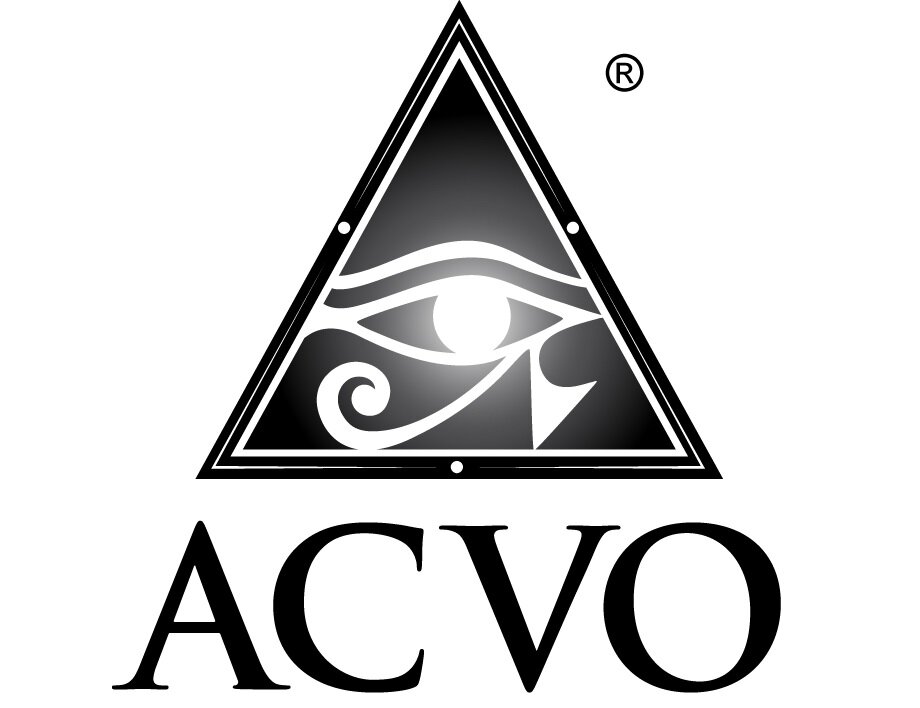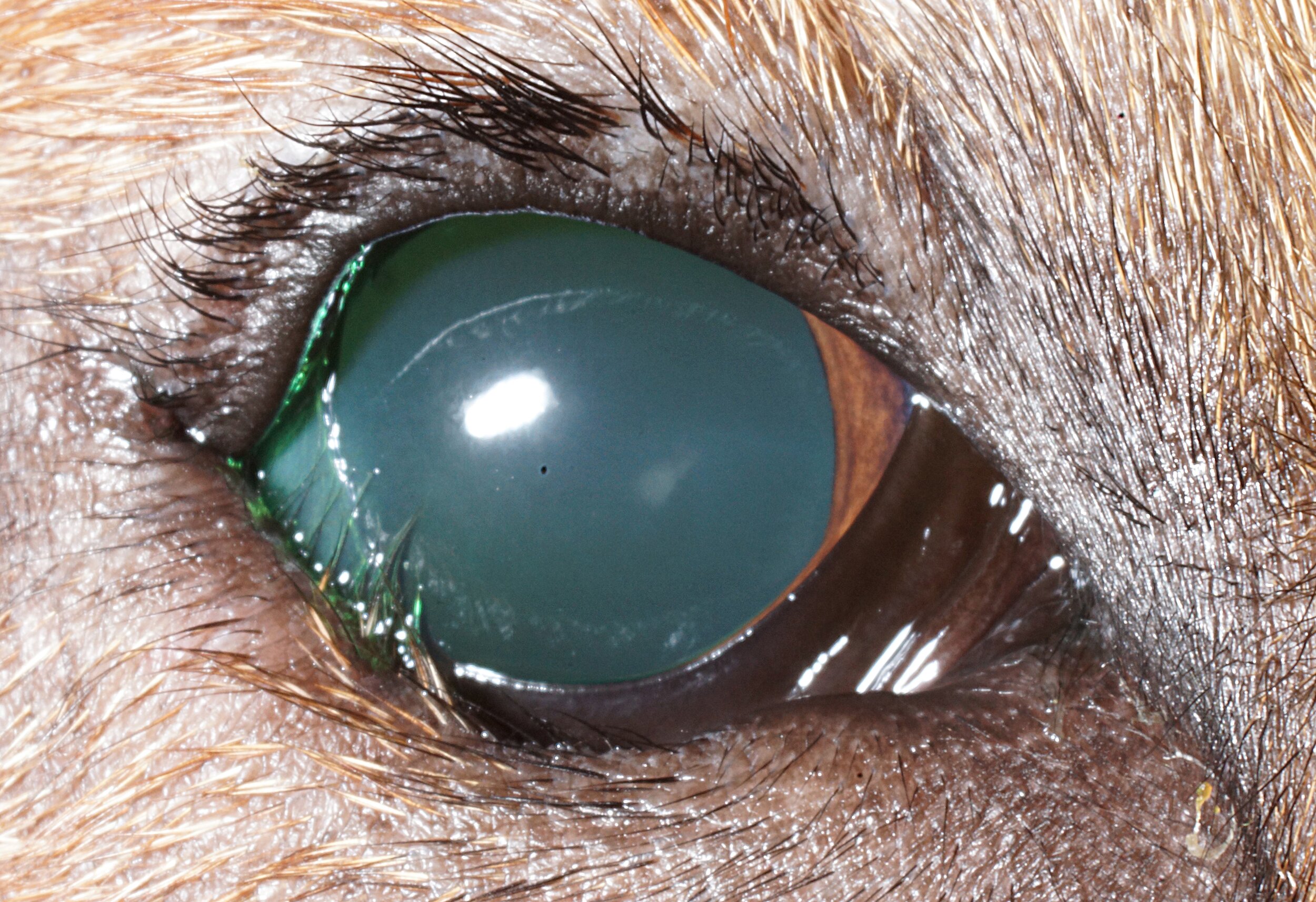Entropion
ENTROPION
Nancy M. Bromberg, VMD, MS, DACVO
VCA SouthPaws Ophthalmology
What is Entropion?
Entropion is an ocular condition frequently identified in most companion animals. It is a rolling-in of the eyelids, and can involve the upper or lower eyelids, and in some cases, both. It can be unilateral (only one eye involved) or bilateral (both eyes involved). Entropion causes discomfort due to the hair and/or lashes rubbing on the cornea. Corneal ulcerations, perforations, and scarring can occur.
What causes Entropion?
In most of cases seen in dogs and cats, the cause is breed-related, or genetic in etiology. Several breeds of dogs have an increased incidence of entropion, including Chinese Shar Pei’s, Chow, Chows, Labradors. Entropion is also seen commonly in Maine Coon Cats. Breed-related entropion is caused by a conformation abnormality of the eyelid, causing contraction of the eyelid muscle and rolling in. The exact mode of inheritance of entropion is not known at this time.
Spastic entropion can be associated with ocular discomfort, causing contraction and rolling-in due to pain from corneal ulcers, foreign bodies, etc. Spastic entropion can often be differentiated from conformational entropion through the application of topical anesthetics. When the discomfort is alleviated, the lid relaxes.
Entropion is also seen secondary to inflammatory or age-related changes that cause enophthalmos. Enophthalmos occurs when the globe sits further back in the orbit than normally. This allows the lids to roll in toward the globe.
Cicatricial entropion is seen less commonly and is due to scarring of the eyelids or conjunctiva, causing contraction of the eye lids toward the globe.
How is Entropion diagnosed?
Entropion is usually easily diagnosed through a thorough ocular examination when chronic discomfort, inflammation, or ulceration is observed.
How is entropion treated?
In young animals, temporary tacking of the eyelids may allow the animal to “outgrow” the entropion as the anatomy of the head matures. The tacking decreases the discomfort and resulting spastic component. Prior to surgical correction, the health of the cornea, and increased comfort can be obtained with the use of lubricants.
Most entropions are surgically corrected. Several successful surgical techniques are employed, the most common of which is the modified Hotz-Celsus procedure.
Recently, collagen or Hyaluronic acid compounds have been used as fillers to “puff out” the entropic eyelids in elderly animals that are poor candidate for surgical correction.
What is the prognosis for Entropion?
If left untreated, entropion can lead to vision deficits caused by corneal ulceration, corneal perforation or severe scarring.
With proper diagnosis and treatment, the prognosis is excellent for maintain comfort and a healthy, visual eye.


